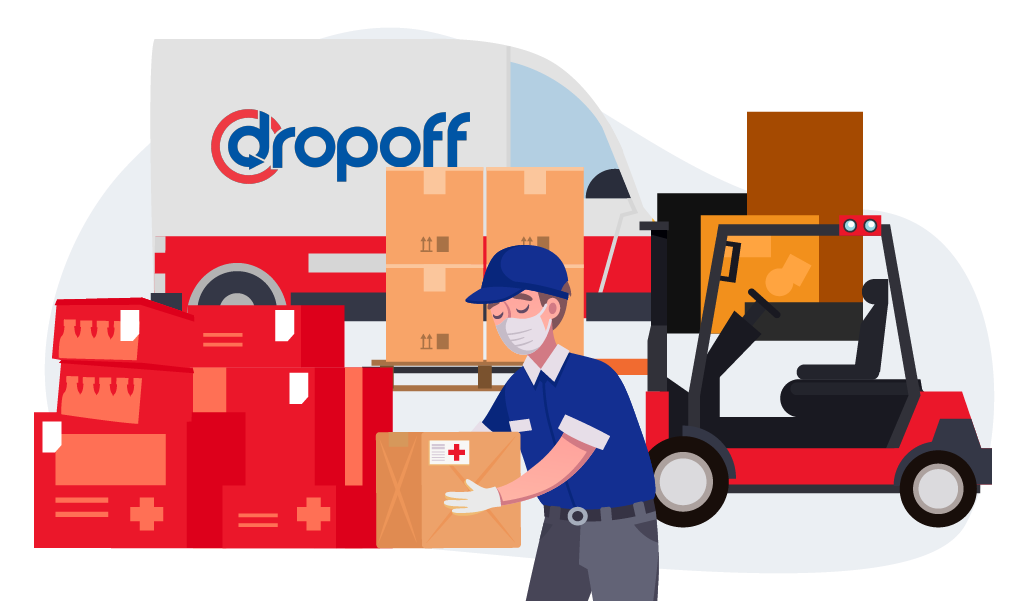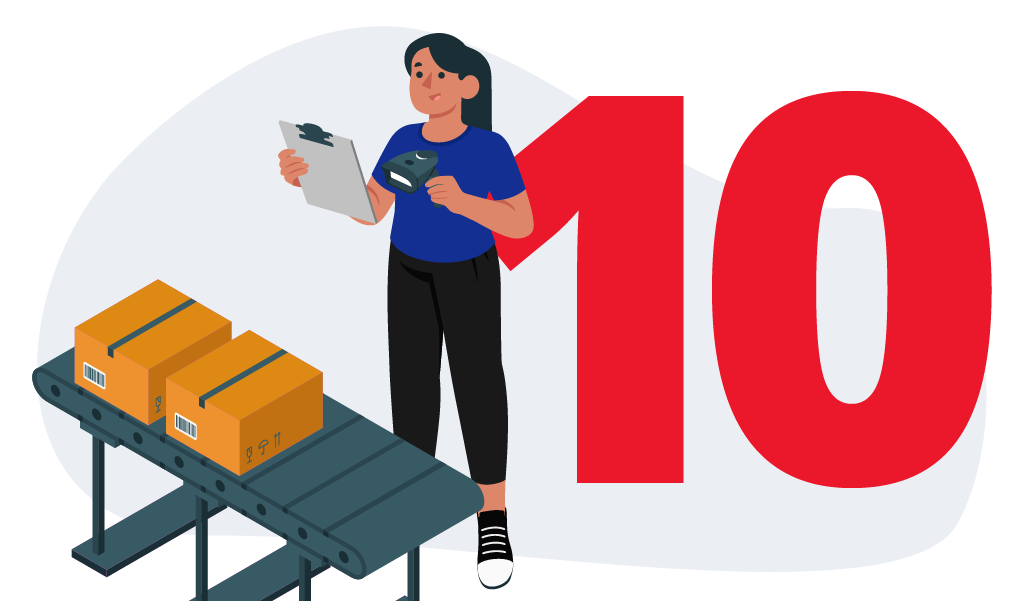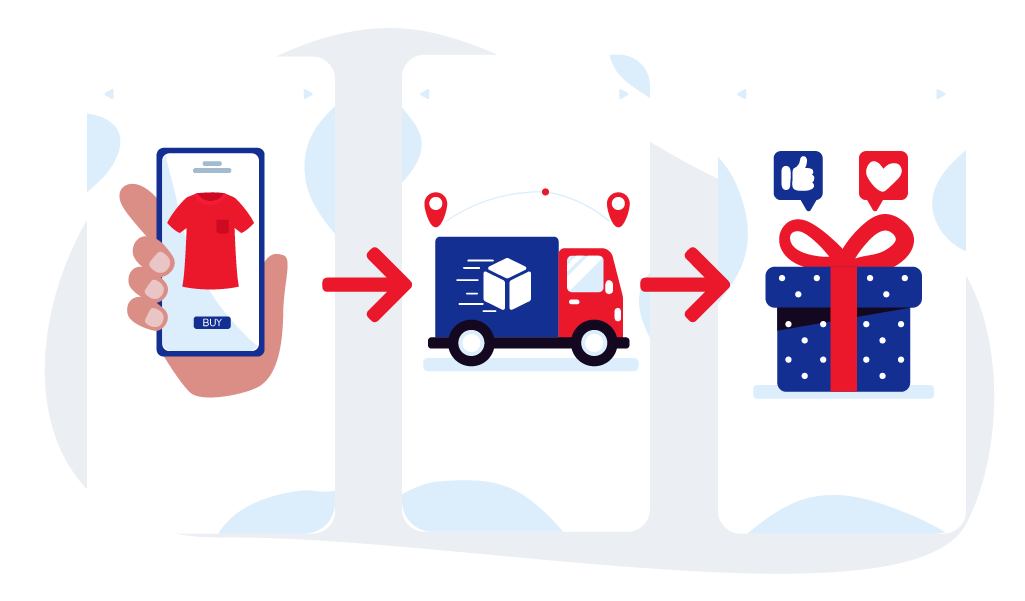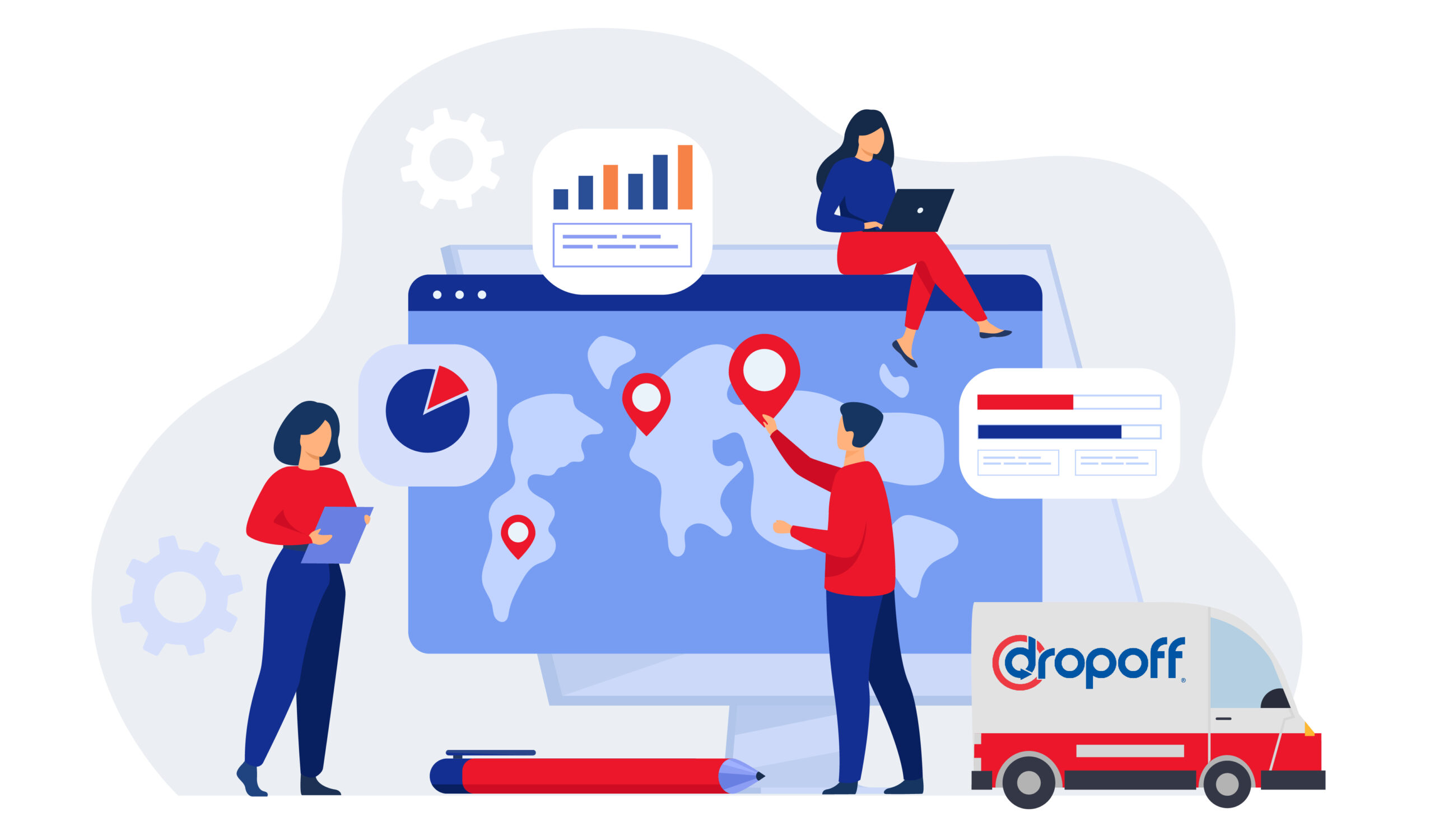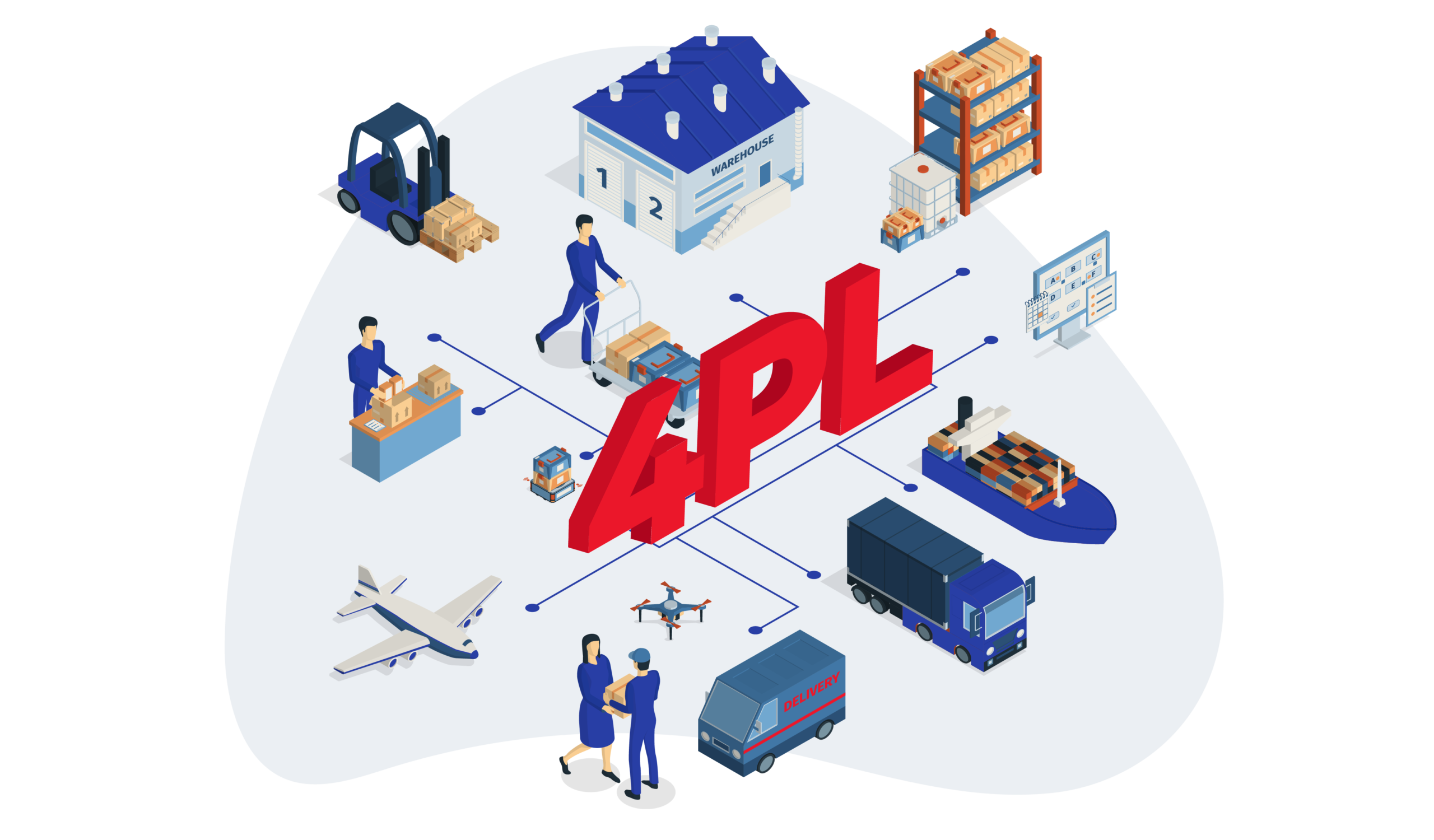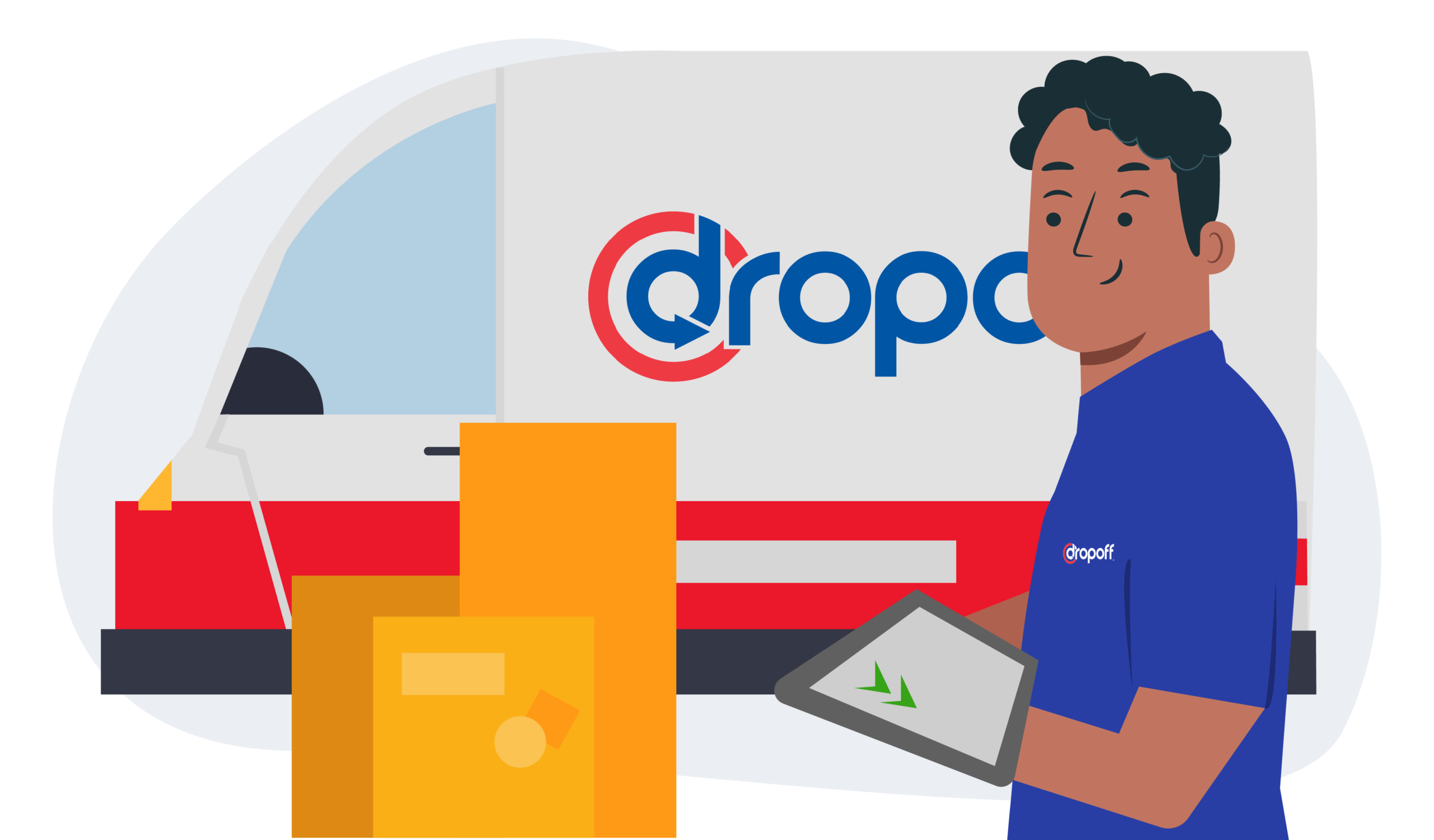Lessons Learned From Amazon Prime Day 2018

Same-day and two-day delivery is at the forefront of retailers’ minds as consumer expectations surrounding expedited delivery options rapidly increase. Major retailers (think Target, Amazon, and Walmart) are rushing to increase fulfillment times, as it becomes undeniably clear that those who don’t offer it stand to get left behind. But is fast delivery all there is to it? Or are there other aspects of the fulfillment process that are tied into a successful delivery?
Amazon, the juggernaut that has lit a fire under retailers to offer speedier deliveries, serves as an example of a business that has found major success but has also faced struggles in providing a service grounded in expedited delivery. Prime Day is Amazon’s annual sales event (this year landing on July 15), created to celebrate the anniversary of Jeff Bezos founding the company. It uses tactics such as leveraging a sense of urgency with flash sales to ignite an online shopping frenzy akin to Black Friday—and it works.
After the 36-hour sale, Amazon announced that over 100 million products were purchased by Prime members during the event, which has massively increased in sales year over year. For the 2018 event, it’s estimated that sales reached at least $3.4 billion, up from $2.4 billion in 2017. While an astounding success rate, it was by no means flawless. Website and app glitches plagued the first few hours of the event. Warehouse employees in Spain protested working conditions by going on strike. And at the same time, just as quickly as Bezos was named the wealthiest man in history, earnings proved disappointing (despite beating revenue estimates) and Amazon shares fell.
Though Amazon is a major competitor in the retail and technology landscape, its trailblazing delivery services provide other retailers with an opportunity to learn valuable takeaways from their successes as well as their challenges.
1. Loyalty programs with expedited delivery options can be leveraged as an engagement tool
A major aspect driving the success of Prime Day is that it’s only available to Prime members, which requires an annual membership fee. This creates exclusivity and boosts membership sign up. Research has shown that Amazon’s loyalty program is largely responsible for the company’s growth. According to research firm Consumer Intelligence Research Partners, Amazon Prime members spend nearly double ($1,300) what non-members spend ($700) per year.
The strongest selling point of Amazon’s Prime membership, aside from the sales of Prime Day, is same-day and two-day delivery options. For retailers looking to offer expedited delivery options, creating loyalty programs that include it as a perk can be a tool for increasing customer loyalty while also meeting consumer delivery expectations.
2. Events create urgency and drive sales
Amazon wasn’t the only company reaping the benefits of Prime Day. Other retailers, like Best Buy, Macy’s, and Target created their own sales events on the same day to compete with Amazon and get their own cut of the shopping hype.
Though most retailers don’t have the ability to scale events as large as Amazon (or Best Buy, Macy’s, and Target), that doesn’t mean micro-events can’t drive similar results on a smaller level. Consider what’s unique to your business and how you can use that to create an event for customers, whether it’s meant for new customers, return customers, or customers who make up your loyalty program. Just start small.
3. Providing expedited delivery en masse isn’t easy
Even outside of Prime Day, Amazon customers have begun making complaints about packages arriving late. However, data proves that Amazon’s delivery times have actually gotten faster across the board. So where’s the disconnect? Some experts speculate that Prime members misunderstand the expedited shipping guarantee in that Amazon only promises two-day delivery once the item has been processed and shipped.
So if major retailers like Amazon struggle to meet delivery speed expectations, where does that leave smaller businesses who don’t have the same resources? For many small to mid-sized retailers, partnering with a third-party delivery company is the most reliable way to provide customers with last-mile delivery.
Keeping Up with Prime Day
By offering perks like same-day delivery, retailers can attract customers looking for (and expecting) expedited delivery options similar to those of Amazon. And regardless of its hiccups of Prime Day, it was undoubtedly a success. Smaller retailers, however, can’t necessarily afford the same issues. A recent study shows that delivery issues, such as deliveries arriving late or damaged, reflects poorly on the retailer and can dissuade customers from shopping with that retailer again.
Third-party delivery providers, like Dropoff, make it easy for retailers to provide faster, reliable delivery options in a way that goes well beyond quick fulfillment. For Amazon Prime members, it’s the fast delivery that attracts customers to the membership.. The same loyalty can be given from retailers who partner with Dropoff, which provides features like real-time tracking and confirmations, up-to-the-minute ETAs, and flexible same-day schedule options.
Looking for a last mile delivery solution for your business? Dropoff has you covered.

